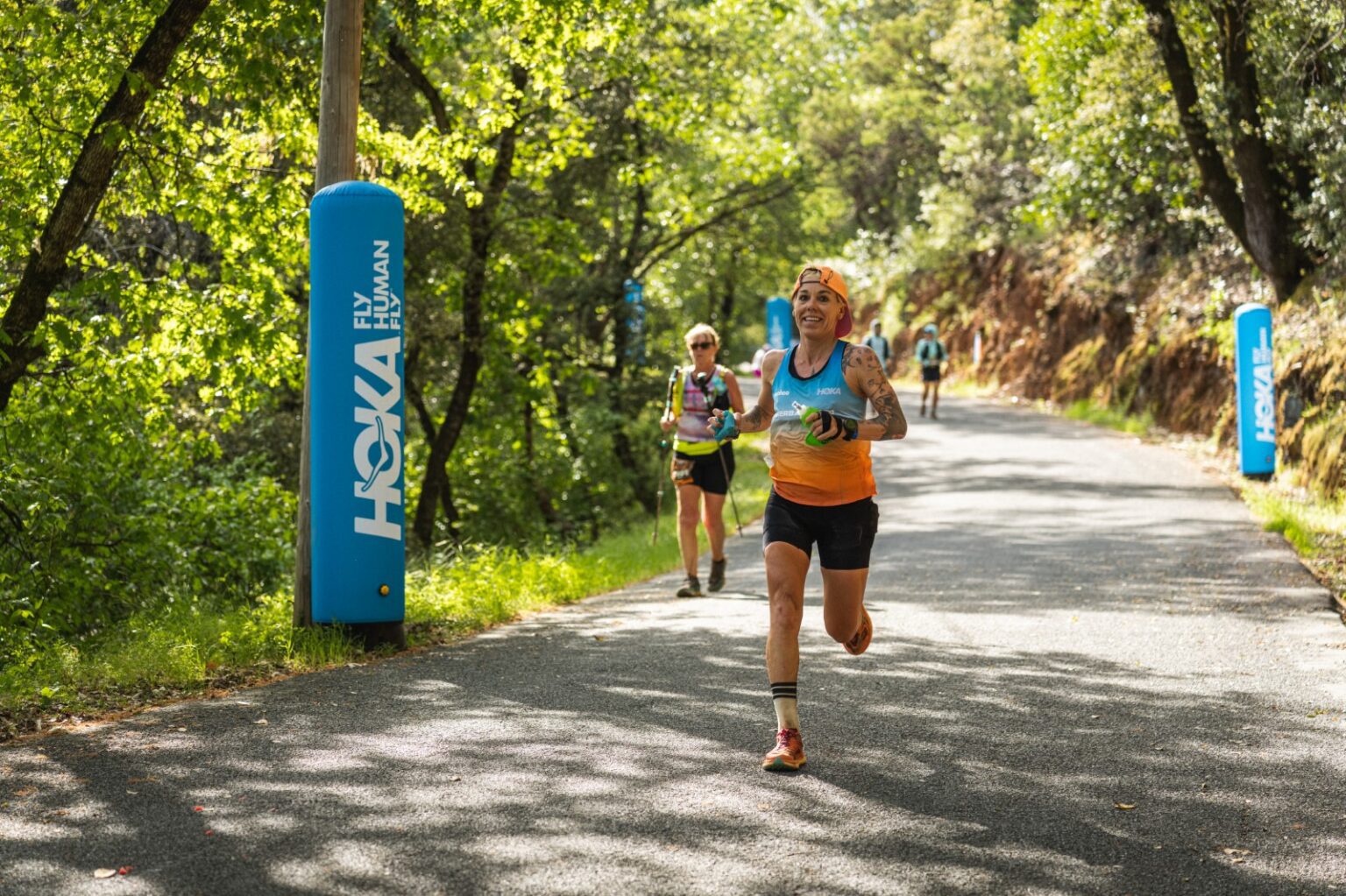Heather Jackson, a seasoned competitor in the Western States Endurance Run, is gearing up for what she anticipates will be her most challenging race yet. This year marks Jackson’s third appearance at this venerable 100-mile trail race, with a previous finish time of 17:16:43 securing her seventh place in 2024. As the event approaches on June 28, Jackson notes that the depth of this year’s female field is unprecedented, making predictions about the outcome particularly elusive.
With eight of the top 10 women from the previous year returning, including highly competitive runners like Fu-Zhao Xiang, Eszter Csillag, and Emily Hawgood, the competition promises to be intense. Jackson has observed an influx of talented athletes tapering towards this race, all bringing their unique skill sets to the course. She emphasized that some possess exceptional climbing abilities, while others excel on the descent, creating dynamic opportunities for overtaking. The unique nature of trail running introduces significant variability, contrasting sharply with the more predictable pacing of triathlons, where gains are typically gradual. Jackson’s perspective highlights the importance of knowing one’s strengths and strategizing accordingly throughout the event.
The Western States course is notoriously demanding, beginning with an initial ascent to 8,750 feet within the first 4.5 miles, and requiring runners to endure a total elevation gain of 15,540 feet, followed by a grueling descent of 22,970 feet to reach the finish line in Auburn, California. Understanding the logistics of an ultramarathon such as this involves meticulous attention to pacing, nutrition, and hydration. Ultrarunners must plan for shifts in physical states throughout the race, especially during the latter miles when fatigue becomes a critical factor. Jackson acknowledges that anything can occur in ultra distances, particularly in the final miles, making strategic racing decisions paramount.
Recent innovations in trail running gear also merit consideration for those preparing for such grueling races. Jackson’s choice of a new HOKA trail shoe, set to be revealed post-race this autumn, reflects a growing trend towards optimizing footwear for reliability and performance in challenging conditions. Gear performance can significantly impact race outcomes, especially as runners face varied terrain and changing weather conditions typical of mountainous runs.
The psychological aspect of racing in a competitive environment cannot be overstated; the pressure of competing against a strong field can influence pacing decisions. Jackson’s approach to race day involves maintaining proximity to the front, leveraging her prior experience and acknowledging both strengths and weaknesses as critical components of her strategy. The mental fortitude to remain adaptable in the face of race dynamics is as crucial as physical readiness.
Ultramarathon races like the Western States serve as benchmarks within the running community, offering insights into pacing strategies and how well athletes manage their energy stores. As an experienced ultrarunner, Jackson recognizes the need to stay alert to competitors and course dynamics. For runners reading this, one key takeaway is the importance of continual self-assessment during the race. Being acutely aware of one’s physical condition and the race environment is critical for making tactical decisions that can enhance overall performance.
In conclusion, as ultrarunners prepare for the complexities of mountain races, they should focus on individualized pacing strategies, gear reliability, and environmental adaptability. Keeping these elements in mind can facilitate effective navigation of race challenges, ultimately enhancing performance outcomes in demanding ultramarathons.
